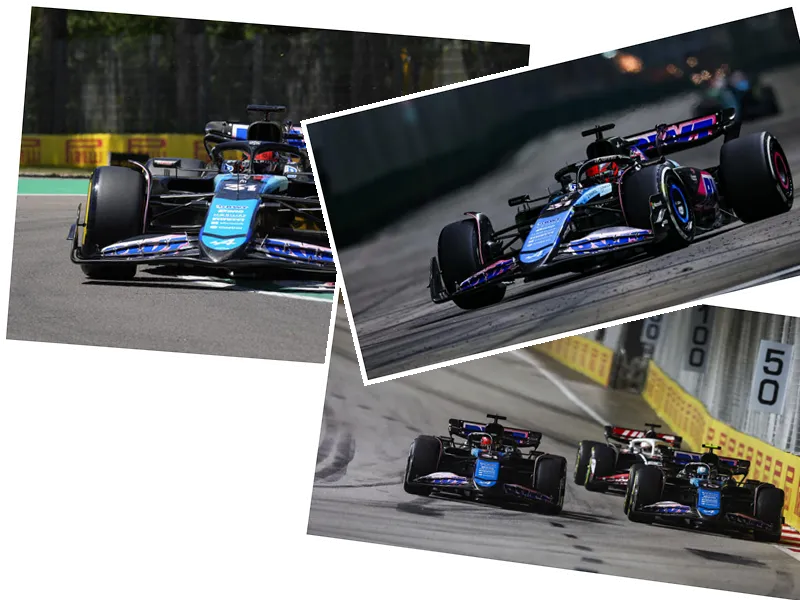The Financial Landscape of Formula 1 Drivers' Salaries
Formula 1 racing not only captivates fans with its speed and excitement but also offers a lucrative career for its drivers. The disparity in earnings among drivers is vast, with top-tier racers like Max Verstappen and Lewis Hamilton pulling in staggering salaries of $55 million each. Their contracts with Red Bull Racing and Mercedes reflect their success and marketability, further augmented by sponsorship deals and bonuses that can significantly increase their earnings.
A Closer Look at Driver Earnings
While the elite drivers enjoy astronomical salaries, others in the sport earn substantially less. For instance, drivers like Logan Sargeant and Yuki Tsunoda are anticipated to make around $1 million. This variance in income highlights the competitive nature of Formula 1, where success, experience, and team financial health play crucial roles in determining salaries. Mid-tier drivers such as Charles Leclerc and Lando Norris benefit from long-term contracts and the backing of financially robust teams, showcasing how strategic career management can lead to higher earnings.
The Impact of Sponsorship and Performance Bonuses
Sponsorship deals are an essential component of a Formula 1 driver's income, often surpassing their base salaries. For high-profile drivers like Hamilton and Verstappen, personal sponsorship contracts and performance bonuses for race wins and podium finishes can significantly enhance their financial portfolio. The sport's financial structure reflects the hard work, talent, and risks involved, making it a challenging yet rewarding career path for aspiring drivers.






